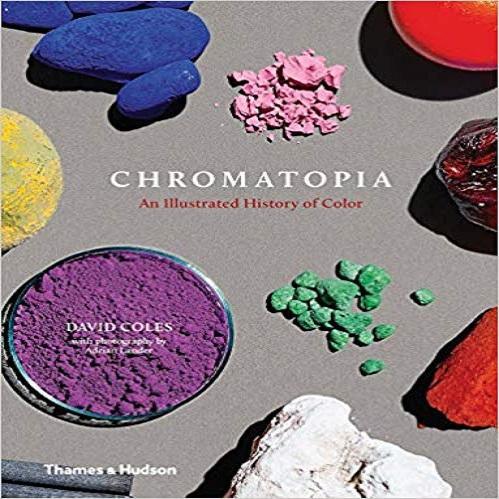


In his opening chapter on primary and secondary colors, Coles maps out their universal symbolism and their cultural and political significance, which was commonly tied to a pigment’s scarceness and trading value. Coles (who founded Melbourne’s Langridge Artists Colours) is passionate about the craft and believes that “the physical can hold metaphysical and magical qualities” as the applied paint carries along its ancient story. It reflects on color psychology, etymology, alchemy, and chemistry, and the rich lore of the world’s dyes. Chromatopia: An Illustrated History of Color, written by the artist-trained paint manufacturer David Coles, is a compact, informative book about preindustrial pigment. In our civilized incarnations, our “hunger” to behold and possess colors extends to less urgent areas, including art (which, one could argue, does provide vital sustenance).

The Day Uranus Entered Scorpio (Old Story with Benefits)by Caio Fernando AbreuĪccording to evolutionary biology, humans (like many creatures) developed the ability to perceive and crave color primarily to help us forage and mate.

Zachary Lazar’s The Apartment on Calle Uruguay by Sophie Pooleĭavid Coles’s Chromatopia: An Illustrated History of Colorby Sabine Russ Richard Peete and Robert Yapkowitz’s Karen Dalton: In My Own Timeby Jason Diamond Hasanthika Sirisena’s Dark Tourist: Essaysby Ilana Masad Painting Is a Supreme Fiction: Writings by Jesse Murry, 1980–1993.Spanning from the ancient world to modern leaps in technology, and vibrantly illustrated throughout, this book will add a little chroma to anyone’s understanding of the history of colors. From grinding down beetles and burning animal bones to alchemy and pure luck, Chromatopia reveals the origin stories behind over fifty of history’s most vivid color pigments.įeaturing informative and detailed color histories, a section on working with monochromatic color, and “recipes” for paint-making, Chromatopia provides color enthusiasts with an eclectic story of how synthetic colors came to be. Throughout history, pigments have been made from deadly metals, poisonous minerals, urine, cow dung, and even crushed insects. Did you know that the Egyptians created the first synthetic color and used it to create the famous blue crown of Queen Nefertiti? Or that the noblest purple comes from a predatory sea snail? The royal color, used in the Roman Empire, resulted in hundreds of thousands of snails being sacrificed to produce a single ounce of dye.


 0 kommentar(er)
0 kommentar(er)
